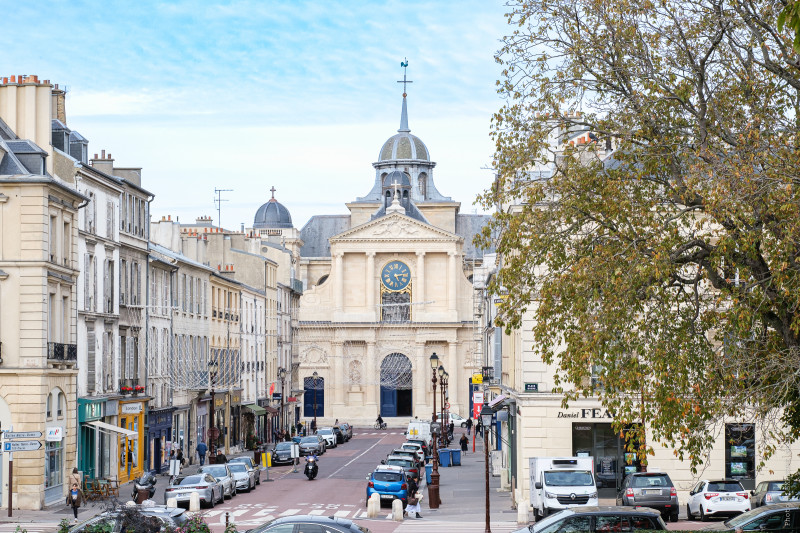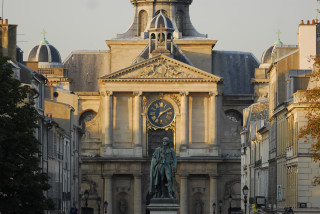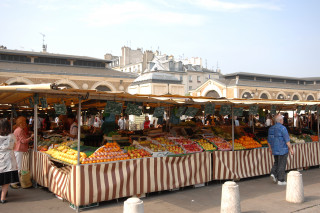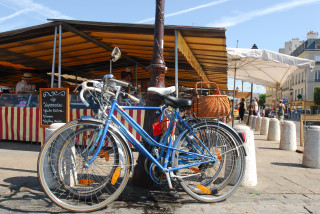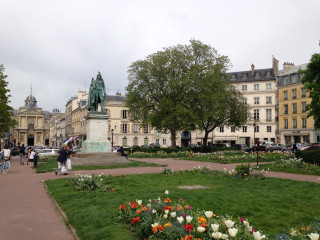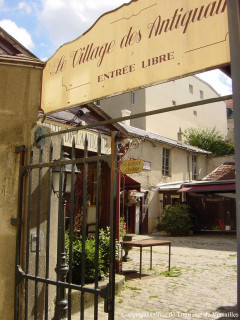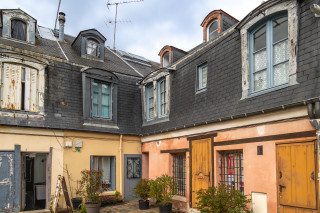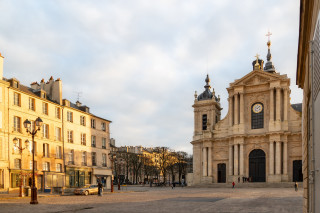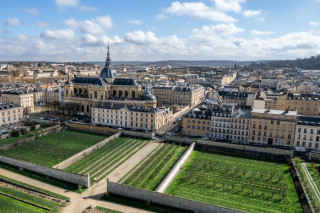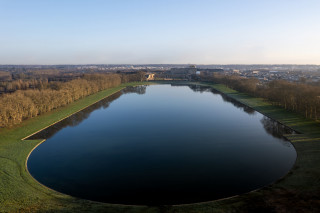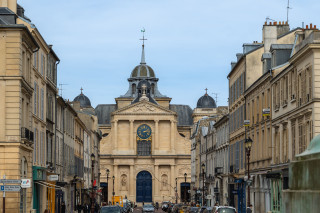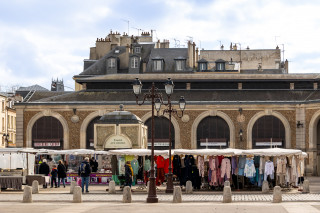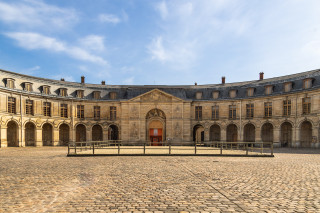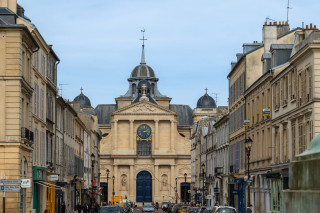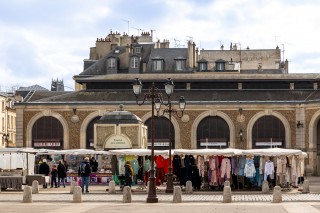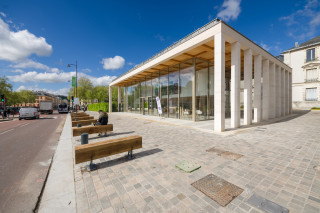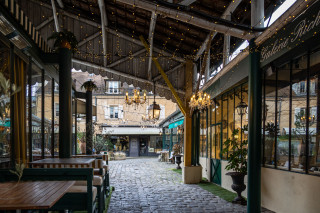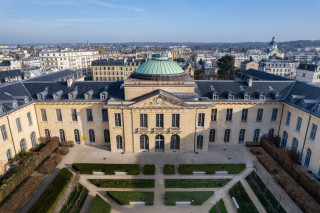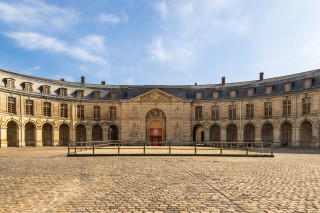Le château de Versailles
Notre-Dame Church
Destination
Eglise Notre-Dame
35 rue de la Paroisse
78000
Versailles
GPS coordinates
Latitude : 48.807285
Longitude : 2.129526
Buses: 6201, 6202, 6203,6204, 6205, 6214: Notre Dame stop: stop accessible to PRMs
TER: line L: Gare de Versailles Rive Droite stop
Car: Notre Dame underground car park or along Boulevard de la Reine
There are reserved parking spaces for people with a mobility-inclusion parking card near the church, on Rue de la Paroisse.
TER: line L: Gare de Versailles Rive Droite stop
Car: Notre Dame underground car park or along Boulevard de la Reine
There are reserved parking spaces for people with a mobility-inclusion parking card near the church, on Rue de la Paroisse.
Contact
Notre-Dame Church
35 rue de la Paroisse
78000
Versailles
Presentation
Don't miss the Sun King's parish church, the sober beauty of its architecture and the remarkable works of art in it!
The town of Versailles once had a parish church of Saint-Julien, located in the Vieux-Versailles district. When the Notre-Dame district was created, it was decided to transfer it to the north of the Château de Versailles, and a modest church was built, still under the patronage of Saint-Julien. But the installation of the court in Versailles in 1682 changed the status of this parish, which became that of the king: in fact, all the inhabitants of the city then depended on a single parish, and the Royal Chapel was in its dependency. The church of Saint-Julien was far too modest, and the construction of a new church was launched in 1684 on the plans of Jules Hardouin-Mansart, the famous architect of the Sun King. In a very sober classical style, the church was completed in record time (as early as 1686), and from then on served the inhabitants, but also the Court. The king's links with the church of Notre-Dame are evidenced by the parish registers, in which the baptismal, marriage and death certificates of members of the royal family were recorded. Thus, we find the death certificate of King Louis XIV and the marriage certificate of the future Louis XVI with Marie-Antoinette, all scattered among certificates relating to the humblest of parishioners...
During the French Revolution, the church temporarily became the cathedral of the new diocese of Seine et Oise, then the temple of Reason, and was stripped of all its ornaments. Returned to worship in 1800, it was refurnished and thus regained its stalls and its splendid altar painting commissioned by King Louis XIV from Michel II Corneille and dedicated to the Assumption of the Virgin, the patronal feast of the kingdom. It also retains its original pulpit and its organ case, as well as a beautiful collection of sculptures made by members of the Royal Academy of Painting and Sculpture during the reign of Louis XIV, and paintings by the king's painters Jean Restout, Carle Van Loo, Louis de Boullogne, Joseph Suvée, Nicolas Brenet, etc. In the 19th century, the Notre-Dame church was given an axial chapel dedicated to the Sacred Heart, in fulfillment of a vow made during the cholera epidemic that ravaged Europe in 1832, but spared Versailles. With a circular plan, it extends the building towards the north. The entire church, which was initially simply listed as a historic monument, was listed in its entirety in 2005.
During the French Revolution, the church temporarily became the cathedral of the new diocese of Seine et Oise, then the temple of Reason, and was stripped of all its ornaments. Returned to worship in 1800, it was refurnished and thus regained its stalls and its splendid altar painting commissioned by King Louis XIV from Michel II Corneille and dedicated to the Assumption of the Virgin, the patronal feast of the kingdom. It also retains its original pulpit and its organ case, as well as a beautiful collection of sculptures made by members of the Royal Academy of Painting and Sculpture during the reign of Louis XIV, and paintings by the king's painters Jean Restout, Carle Van Loo, Louis de Boullogne, Joseph Suvée, Nicolas Brenet, etc. In the 19th century, the Notre-Dame church was given an axial chapel dedicated to the Sacred Heart, in fulfillment of a vow made during the cholera epidemic that ravaged Europe in 1832, but spared Versailles. With a circular plan, it extends the building towards the north. The entire church, which was initially simply listed as a historic monument, was listed in its entirety in 2005.
Pics
Pics
We also suggest...

